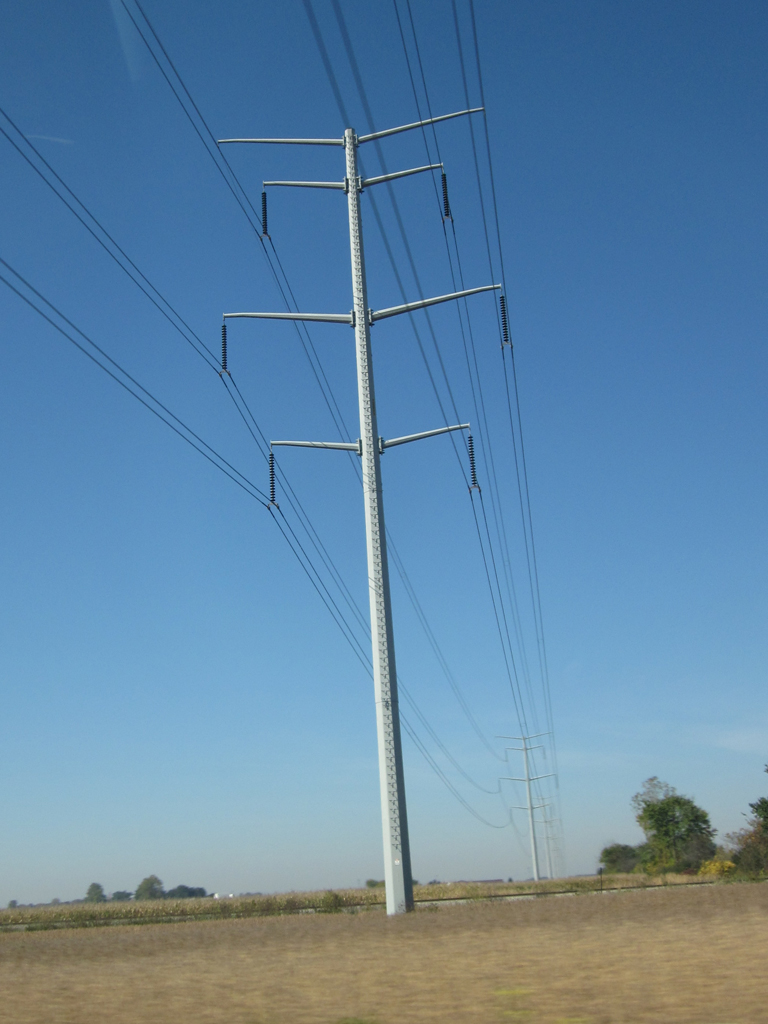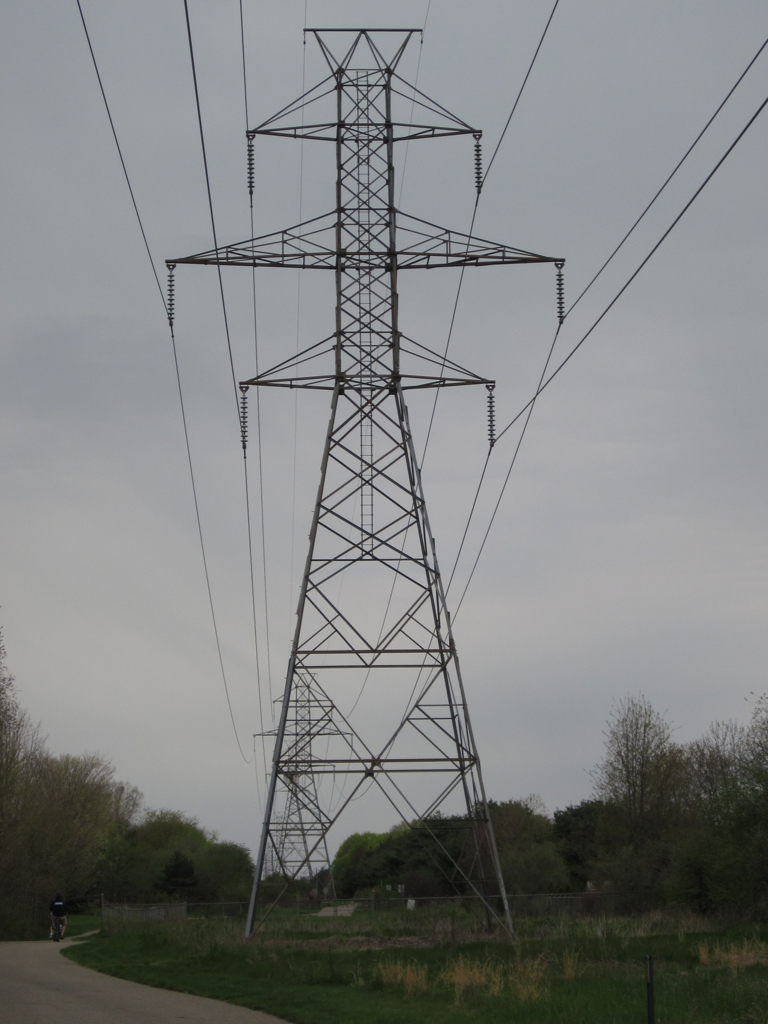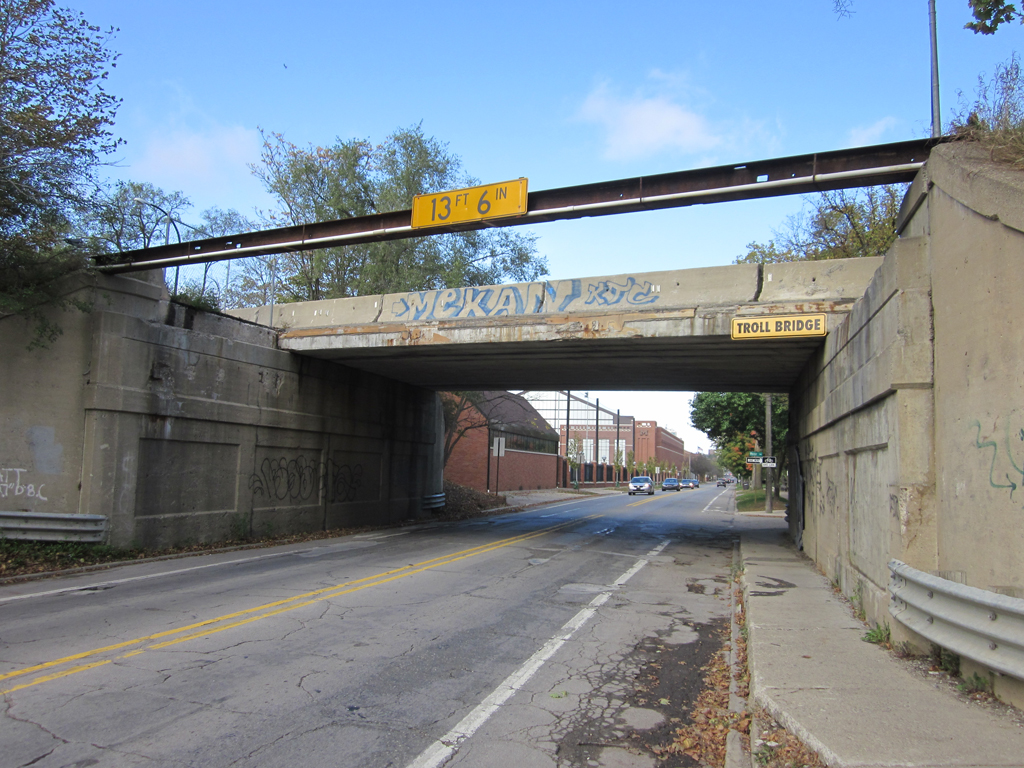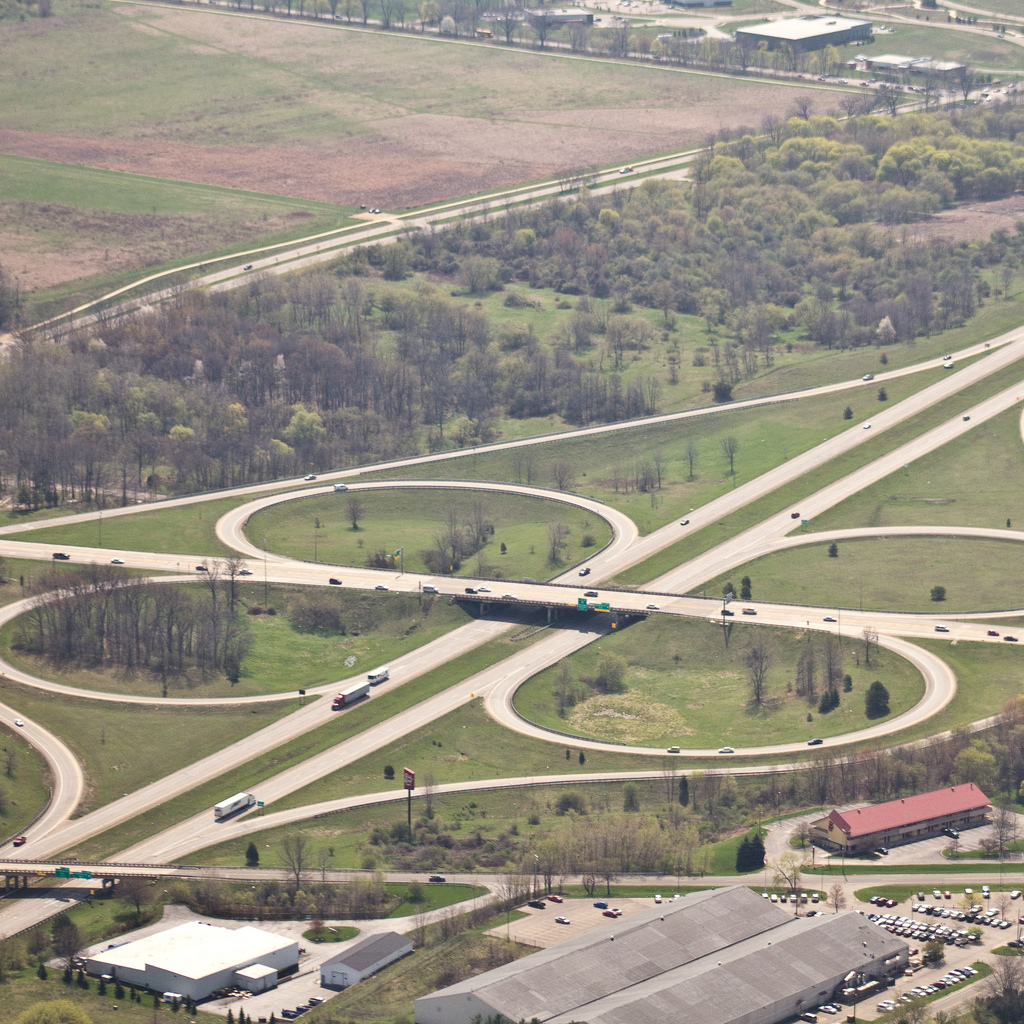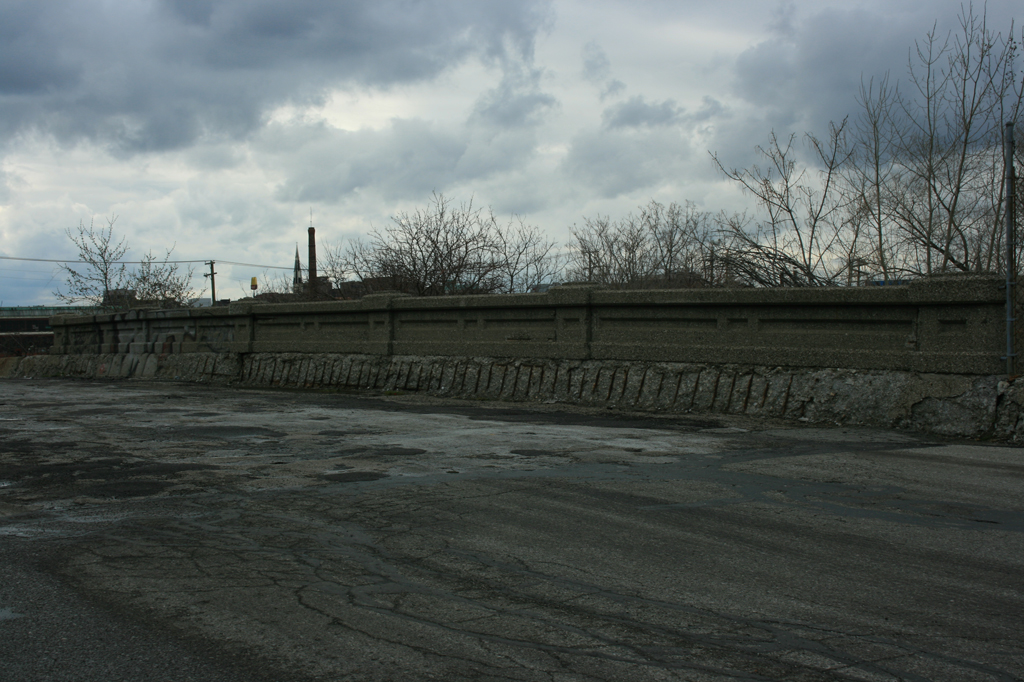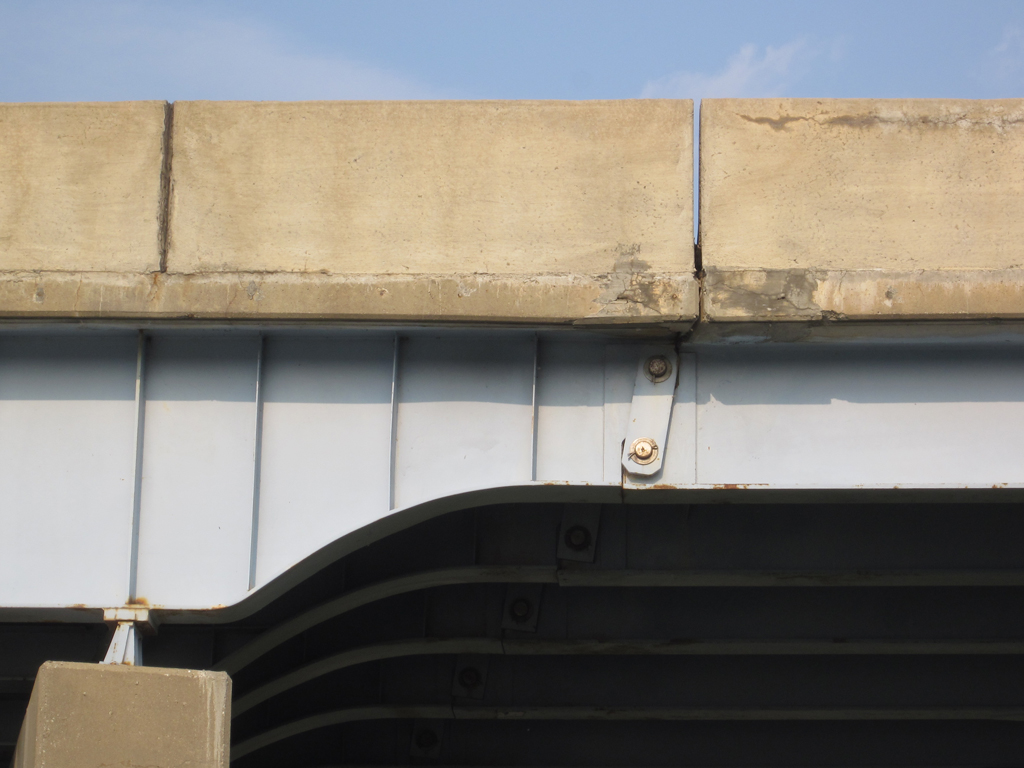
Photo Credit: Karl Jansen
This is a common type of connection seen on road bridges. Next time you are driving on the highway, look up at a bridge you go under and see if you notice one of these. Pin and hanger assemblies are used to connect two girders together where the bridge span is otherwise too long for one girder. One girder is supported by a column to the earth, and on the cantilevered end of this girder is the connection to the second girder. While these connections are common sights, they have been determined to be too costly to maintain and ineffective at preventive catastrophic failure. For this reason, new bridges aren’t built using this type of connection.
